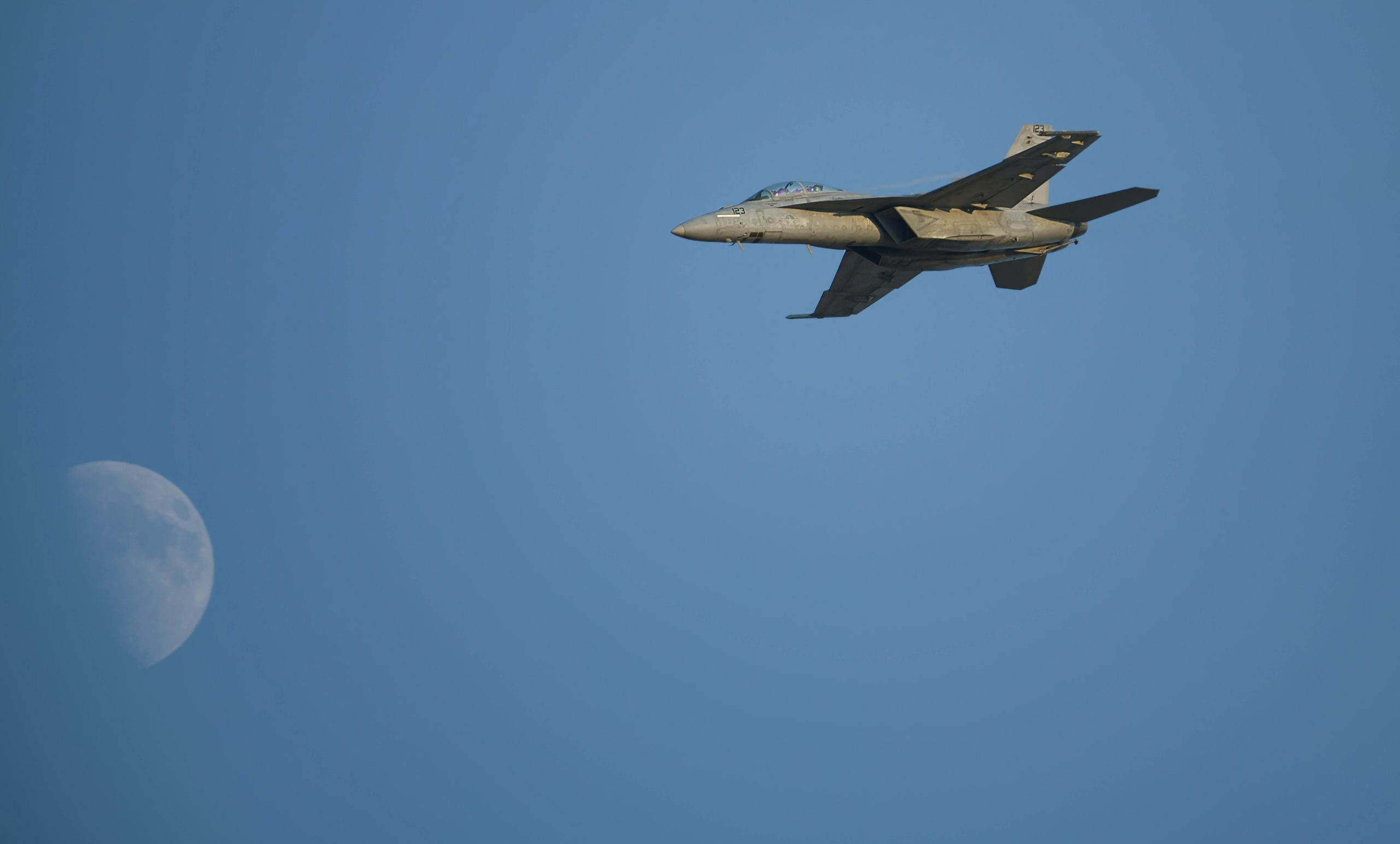Autonomous Military Vehicles Redefining the Future of Defense
The use of autonomous military vehicles is a concept that has captured the imagination of science fiction writers for decades. From giant robots to self-driving tanks, the idea of machines performing military tasks with little to no human involvement seems like something out of a futuristic movie. However, the reality is that this technology is not only real, but it is also rapidly reshaping the future of defense. In this article, we will explore how autonomous military vehicles are redefining the way wars are fought and how they are changing the landscape of modern warfare.
The Evolution of Autonomous Military Vehicles
Autonomous military vehicles, also known as unmanned ground vehicles (UGVs), have been in development for decades. The first prototypes were designed in the 1970s, and the technology has significantly advanced since then. Military forces around the world have been investing heavily in UGVs, with the United States leading the way in their development and deployment. These vehicles come in various shapes and sizes, from small robots that can fit in the palm of your hand to large tanks that can withstand heavy firepower.
The Benefits of Autonomous Military Vehicles
There are several advantages to using autonomous military vehicles in combat. The most significant benefit is the reduced risk to human life. By using UGVs, soldiers can perform dangerous tasks without putting their lives in danger. This is especially useful in situations where the terrain is challenging or when facing an enemy with superior firepower. UGVs can also operate for extended periods without rest or sustenance, making them ideal for surveillance and reconnaissance missions. Finally, autonomous military vehicles can be produced and deployed at a lower cost compared to their manned counterparts, making them a cost-effective option for militaries around the world.
The Rise of Artificial Intelligence
One of the key technologies driving the development of autonomous military vehicles is artificial intelligence (AI). With recent advancements in AI, these vehicles can now perform complex tasks that previously required human intervention. They can navigate through rough terrains, analyze data in real-time, and make decisions based on the information gathered. As AI technology continues to evolve, we can expect to see even more advanced UGVs in the near future.
The Changing Landscape of Modern Warfare
The use of autonomous military vehicles is changing the way wars are fought, and it is also affecting the soldiers themselves. As technology advances, the role of soldiers in the battlefield is shifting from actively engaging in combat to becoming more like operators of these machines. This change has led to a new breed of soldier, who must have a high level of technical expertise to operate and maintain UGVs.
The Possibilities of Unmanned Swarms
One of the most exciting developments in autonomous military vehicles is the concept of unmanned swarms. These are groups of UGVs operating together, communicating with each other and making split-second decisions. Unmanned swarms have the potential to be a game-changer in the battlefield. They can be deployed for various purposes, from surveillance to attack missions, and can be used to overwhelm and confuse the enemy. In the near future, we may see unmanned swarms become a common sight in the theater of war.
Challenges and Concerns
While the advancements in autonomous military vehicles bring many benefits, there are also several challenges and concerns that must be addressed. One significant issue is the potential for UGVs to malfunction or be hacked, leading to disastrous consequences. As these machines become more complex and autonomous, it becomes increasingly difficult to predict and control their actions. There are also ethical concerns regarding the use of these vehicles, such as the potential for them to be used as weapons against innocent civilians.
The Future of Autonomous Military Vehicles
The technology behind autonomous military vehicles is still in its early stages, and there is much room for growth and development. It is clear that these vehicles are already redefining modern warfare, and we can only expect that they will continue to do so in the future. As AI technology progresses and more countries invest in UGVs, we may see a world where human soldiers are no longer required in the battlefield. However, the question remains, will these autonomous machines ever be able to replace the human decision-making and intuition necessary for successful warfare?
Conclusion
In conclusion, autonomous military vehicles are rapidly redefining the future of defense. With their ability to reduce risk to human life, operate for long periods, and perform complex tasks, they have become an invaluable asset for modern militaries. While there are still challenges and concerns that need to be addressed, it is undeniable that autonomous military vehicles have changed the landscape of warfare forever. As we continue to advance in technology, we can only imagine what the future holds for these machines and how they will shape the way wars are fought.










